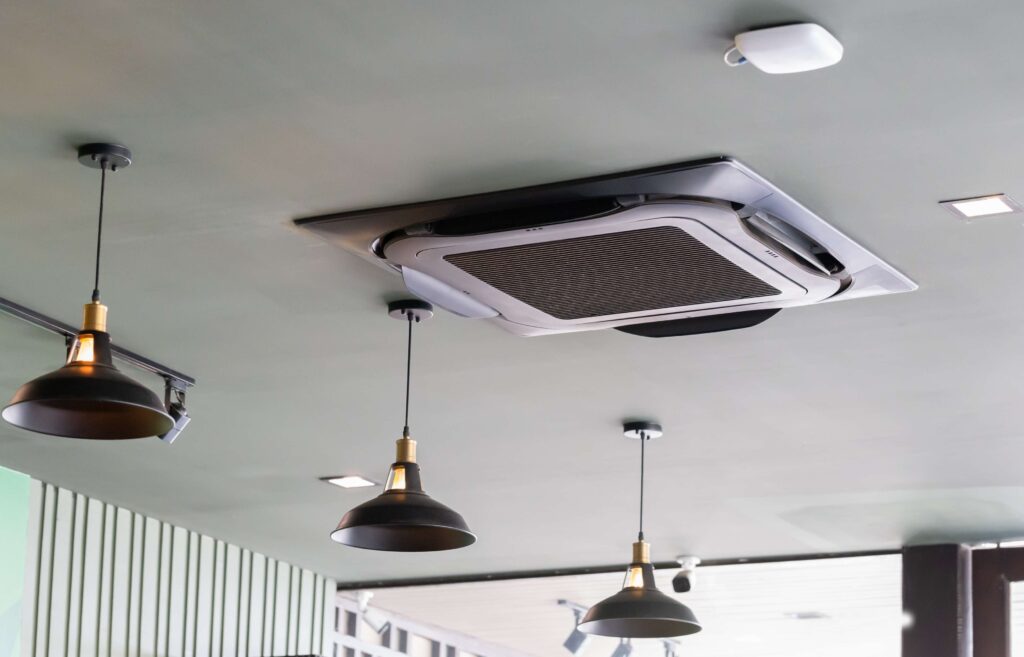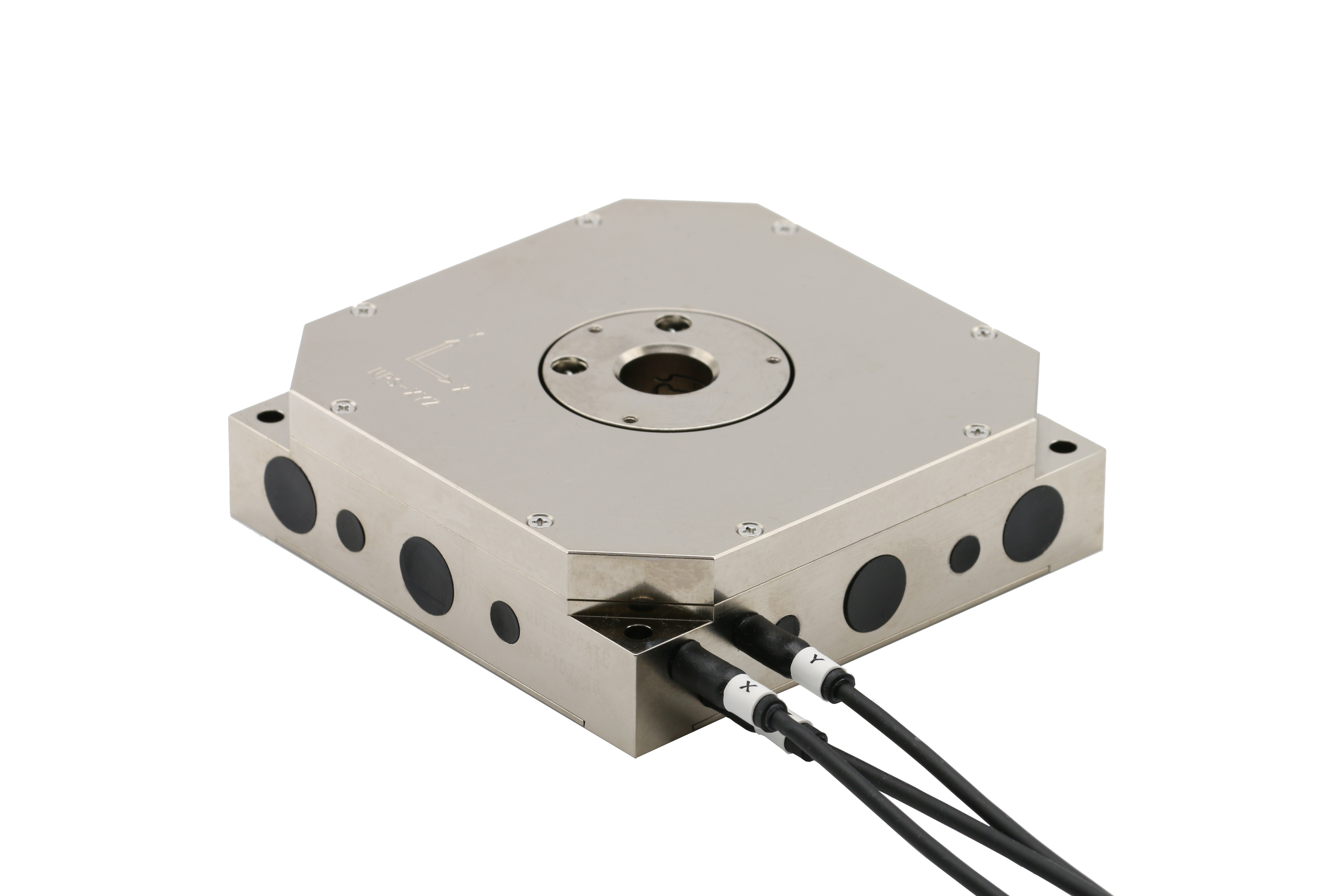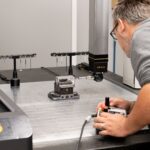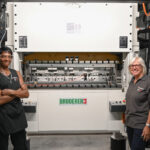It’s estimated that building operations account for a staggering 30 per cent of global final energy consumption. It’s clear there’s a need to boost efficiency, but how can we achieve this with no loss to comfort and at a reasonable cost? Here, Dave Walsha, sales manager at DC motor supplier EMS explains how automated technologies can help.
As employers look to entice employees back to the office following the COVID-19 pandemic, there’s an increasing demand for workplaces that not only meet functional needs, but also deliver on comfort and efficiency expectations.

Fortunately, making workspaces more sophisticated doesn’t mean the business needs to move or undergo a complete building overhaul. Automation technologies can be easily retrofitted into many of these structures. And, when operated as part of a Building Management System (BMS), it’s possible to unlock a variety of benefits.
Encompassing both software and hardware, a BMS’s role is to control and monitor building operations including ventilation, lighting and energy usage. With the introduction of Internet of Things (IoT) technology, BMS systems are becoming far more powerful.
Unlocking the future of building efficiency
Traditionally, many building systems are regulated in a predefined fashion, such as the heating coming on every day at 7am. But this structured approach may not be up to speed with modern working practices. For example, businesses offering flexible working hours might find that most employees come in later one day, and vice versa. As a result, the business might be paying for heating that no one is around to use.
That’s where an IoT-enabled BMS can come into play. With the ability to measure occupancy via dedicated sensors, the system can determine the best course of action to take with HVAC and lighting systems and identify patterns to optimise energy usage.
For businesses handling private information, providing confidential services and for general comfort purposes, blinds are a necessity. But for safety and ease of use, it’s preferable to integrate window shading systems into the BMS. Larger buildings or those with windows in hard-to-reach places can particularly benefit, but automatic operation can help reduce wear and tear on all window blinds. There’s an efficiency benefit too, with one study finding dynamic roller shades to reduce heating energy use by up to 26 per cent.
Powered by small electronic drives
At the heart of these automated systems, be it the HVAC system or the window shutters, small electronic drive systems are essential in providing the necessary motion. These are typically comprised of one or more DC motors, with complimentary gearheads, speed and motion controllers available depending on the exact application.

For building automation applications, brushless DC motors are often the most suitable type of motor. These are based on electronic commutation. A permanent magnet rotates as the windings stay still as the stator. A control unit switches power in the motor windings, causing the rotor to rotate.
By eliminating the need for brushes, the risk of wear and tear on the motor is greatly reduced. This results in a more long-lasting drive system solution, ideal for building applications where solutions with an extended life expectancy are required.
In applications that will be working more closely alongside employees, such as the HVAC system or window blind adjusters, quietness is another key attribute to consider. Brushless motors offer another advantage here, as the lack of brushes also means they tend to operate with a lot less noise.
Size is an important consideration when searching for a suitable DC motor. Drive systems must fit seamlessly alongside doors and windows to maintain aesthetics. This means a very compact installation space, often with limitations in one axis. Choosing a DC motor with a high size-to-power ratio is therefore essential, as it ensures that even small motors will have sufficient power and torque to manoeuvre heavy objects.
Finding a suitable DC motor to meet these requirements can be a challenge, so opting for a manufacturer with a special focus on building automation can be beneficial. Bühler Motor, supplied exclusively to the UK and Ireland by EMS, offers a variety of motors designed with the sector in mind. Bühler’s brushless EC range features a variety of motors, with diameters varying from 39mm up to 62mm, and torques of up to 63 Ncm available with the largest model. And its innovative bMotion platform offers a selection of predefined drive systems, which have each been created for a specific application
As more of us shift back into the office, the demand for more comfortable working spaces will only continue to grow. But this increase in comfort can’t come at a higher cost or less sustainable practices. By seamlessly combining DC motors with the latest in building management technology, it’s possible to achieve the best of both worlds — transforming offices into modern, comfortable, and responsive workplaces.
EMS – Electro Mechanical Systems Ltd







